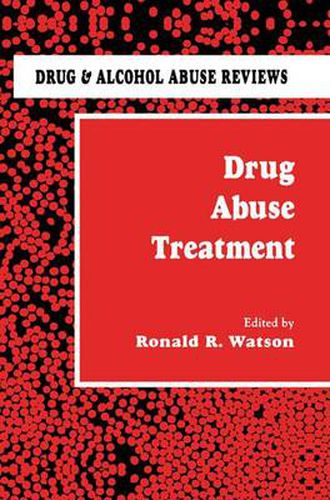Readings Newsletter
Become a Readings Member to make your shopping experience even easier.
Sign in or sign up for free!
You’re not far away from qualifying for FREE standard shipping within Australia
You’ve qualified for FREE standard shipping within Australia
The cart is loading…






This title is printed to order. This book may have been self-published. If so, we cannot guarantee the quality of the content. In the main most books will have gone through the editing process however some may not. We therefore suggest that you be aware of this before ordering this book. If in doubt check either the author or publisher’s details as we are unable to accept any returns unless they are faulty. Please contact us if you have any questions.
A major national goal is to improve the health of the populace while advancing our opportunities to pursue happiness. Simulta neously, there are both increasing health costs and increasing demands that more be accomplished with less financial support. With the number of deaths attributable to drug abuse, especially of tobacco, in the US at about 250,000 per year, the annual cost of drug addiction is over $150 billion. Improved treatment methods can both reduce these costs and improve health by preventing the continued exposure of abusers to the toxic effects of alcohol and other drugs. This fourth volume of Drug and Alcohol Abuse Reviews focuses on the strategies currently thought best for the treatment of drugs of abuse. A variety of approaches to drug abuse treatment employ those psychosocial factors that are known to influence drug use in youth and adults. Although the main emphasis is on the treatment of illicit drug use, a major cofactor in damaging the health of drug users is nicotine (tobacco) addiction, whose treatment is also reviewed. And the roles of learning and outpatient services are shown to affect treatment significantly. Thus, the problems confronted and solutions used in drug abuse treatment have here been analyzed in concise reviews that deal with the evidence for today’ s best hypotheses and conclusions. Some emphasis is also placed on reviewing new compounds used to prevent cocaine and opioid dependence.
$9.00 standard shipping within Australia
FREE standard shipping within Australia for orders over $100.00
Express & International shipping calculated at checkout
This title is printed to order. This book may have been self-published. If so, we cannot guarantee the quality of the content. In the main most books will have gone through the editing process however some may not. We therefore suggest that you be aware of this before ordering this book. If in doubt check either the author or publisher’s details as we are unable to accept any returns unless they are faulty. Please contact us if you have any questions.
A major national goal is to improve the health of the populace while advancing our opportunities to pursue happiness. Simulta neously, there are both increasing health costs and increasing demands that more be accomplished with less financial support. With the number of deaths attributable to drug abuse, especially of tobacco, in the US at about 250,000 per year, the annual cost of drug addiction is over $150 billion. Improved treatment methods can both reduce these costs and improve health by preventing the continued exposure of abusers to the toxic effects of alcohol and other drugs. This fourth volume of Drug and Alcohol Abuse Reviews focuses on the strategies currently thought best for the treatment of drugs of abuse. A variety of approaches to drug abuse treatment employ those psychosocial factors that are known to influence drug use in youth and adults. Although the main emphasis is on the treatment of illicit drug use, a major cofactor in damaging the health of drug users is nicotine (tobacco) addiction, whose treatment is also reviewed. And the roles of learning and outpatient services are shown to affect treatment significantly. Thus, the problems confronted and solutions used in drug abuse treatment have here been analyzed in concise reviews that deal with the evidence for today’ s best hypotheses and conclusions. Some emphasis is also placed on reviewing new compounds used to prevent cocaine and opioid dependence.